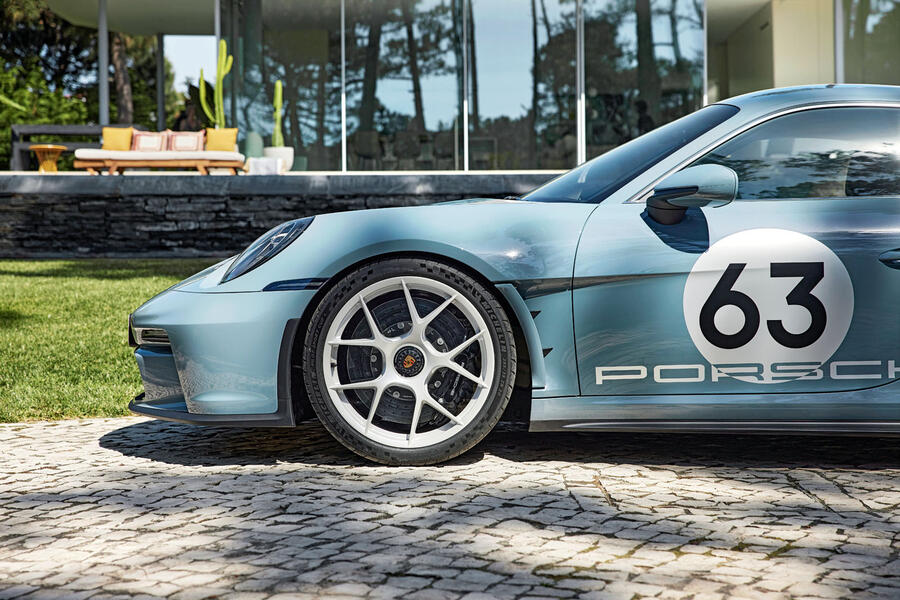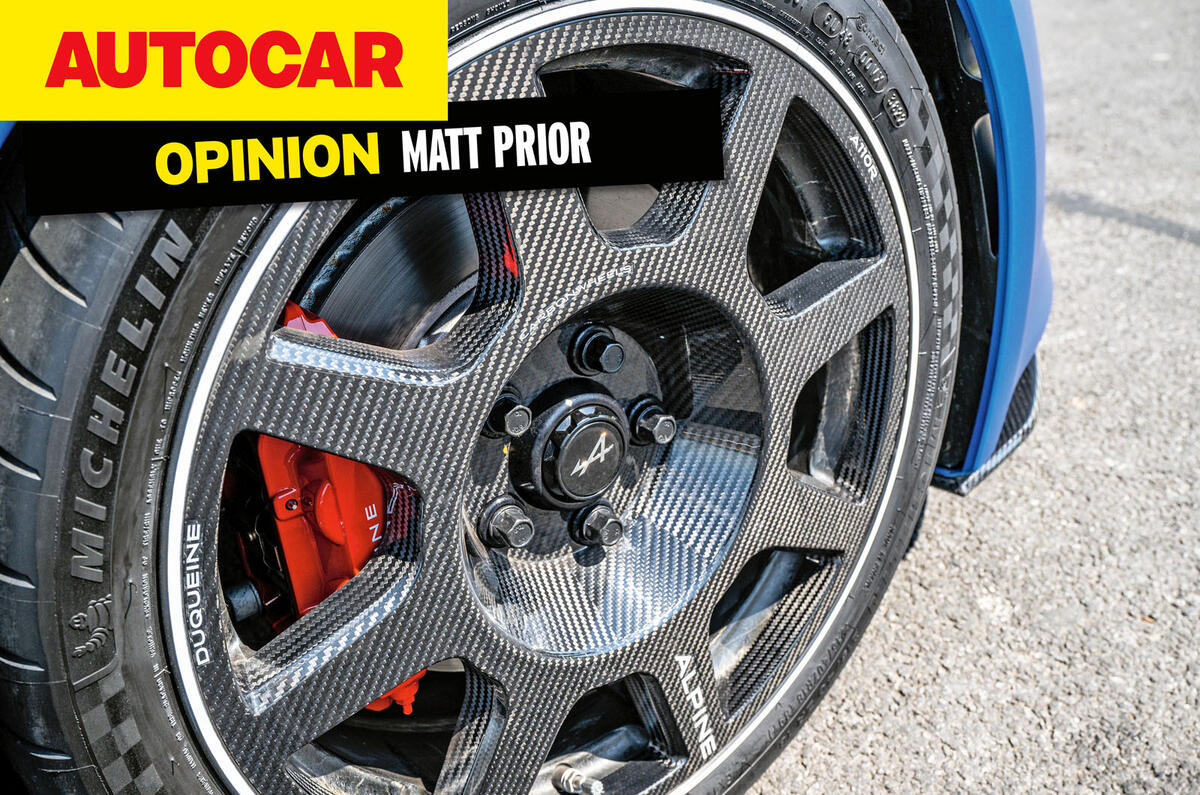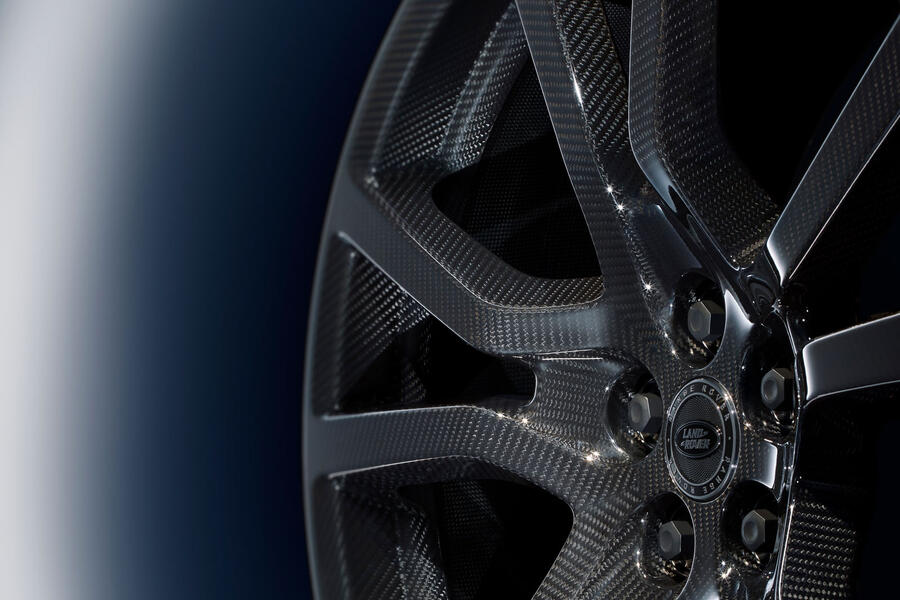I'm almost kind of half-thinking about maybe being convinced by carbonfibre wheels. Almost.
In next week’s issue, you will find our annual Britain’s Best Driver’s Car contest, two of whose competitors (not a spoiler alert, I don’t think), the Alpine A110 R and Ariel Atom 4R, arrived on composite wheels. Both were expensive cars, but previously I’ve generally tried rims like this on high-end supercars.
Just a few weeks ago, I drove a Porsche 911 S/T, which doesn’t have composite wheels but does have magnesium ones. Porsche’s engineers were keen to point out the similar reason why they had used this material: a reduction in wheel weight.
In particular, it’s a reduction of unsprung mass: the bit on the road side of the springs, so the tyres, wheels, hubs, brakes, wishbones and so on. Reducing this is helpful dynamically. The lighter it all is, the easier it is to control the wheel’s movement.
I wondered if lighter wheels improved a car’s ride: the 911 S/T rolls more easily than the 911 GT3 Touring, with which it shares suspension hardware. But no, not particularly, said the engineer from Porsche.

What they do help is traction (because a lighter wheel is deflected less by bumps and then finds the road again more quickly) and acceleration and braking (because a lighter wheel has less rotational inertia than a heavier one). So it’s easier to get it going and easier to stop it. The car therefore feels – and is – more agile.
Again, this isn’t a spoiler, because you will have had the chance to read about them already, but the A110 R and Atom 4R do feel particularly feathery. Mostly this is because they are: the Ariel weighs 700kg, the Alpine 1082kg. But I do wonder how much the way they respond to even small throttle inputs – and they are particularly responsive – is down to their light rims.
I haven’t done back-to-back testing. One day I will. But in the past, I have noted the difference between Porsches with iron and carbon-ceramic brakes. And when I fitted lighter wheel rims (not carbonfibre) to my mountain bike, it steered, went and stopped a lot more easily. Those rims are a bigger proportion of the machine’s weight, though, so they will have a greater influence.








Join the debate
Add your comment
Ideal optical settings for more comfortable reading 2023.11.06*/ Artificial light: When the natural light of a comfortable study hall is not enough, use suitable artificial light. It is important to choose quality lights with the right light color for studying and working. Proper lighting: The level of lighting should be suitable to prevent unwanted shadows and eye fatigue. A suitable general lighting and independent reading light can help with this purpose. Avoiding glare: If you are using a computer or other electronic devices, make sure that the screen light does not shine directly into your eyes. This can prevent eye fatigue. Choosing the right color: The color of the walls and interior decoration also have an effect on the lighting. Choosing light and open colors that reflect light helps to admire the study hall in Isfahan Dr. Azin Gazer drazingazor Light control: Consider the possibility of using curtains or other light control devices in the study hall so that you can adjust the amount of light according to your needs.
Have you seen the state of roads these Days?, potholes like Canyons, broken kerbs, whose is going to shell out the Wonka for great looking wheels for that?
Technically, it's the ratio of unsprung to sprung mass rather than the absolute unsprung mass that makes the difference - so almost no diffene ce when sving 10 or 20kg relativbe to 1,500kg of car. Another big part of the difference on two wheels is reduced gyroscopic effect when chaging direction - not an issue on a car. So on a motorbike, probably worth it (definitely worth it on a MTB if you have the $$$). On a car? Probably not (admittedly I've never tried them).